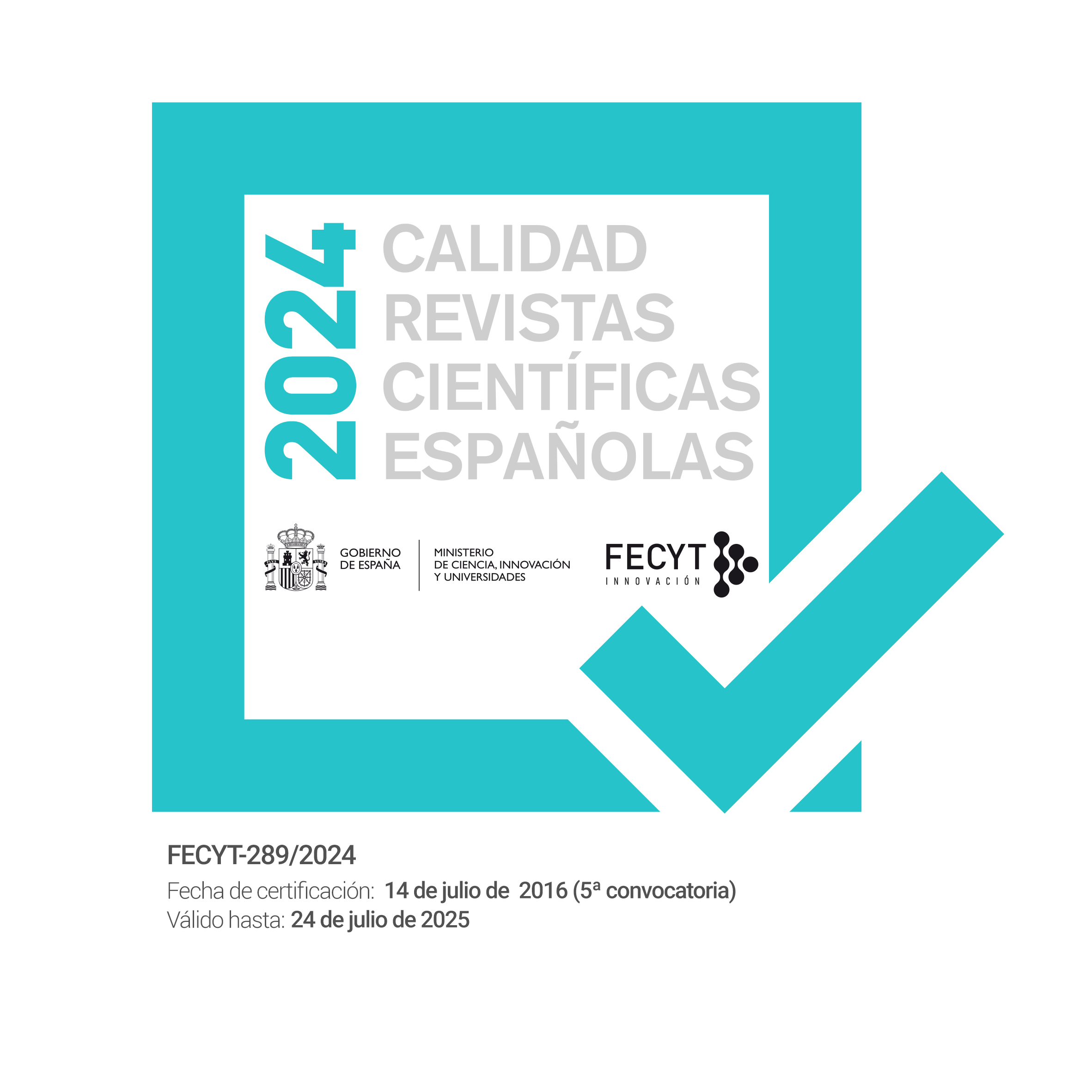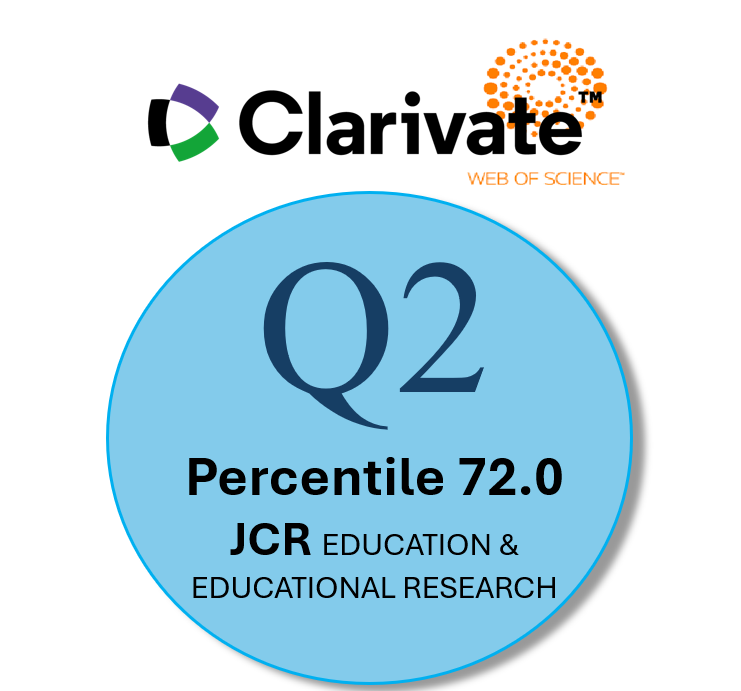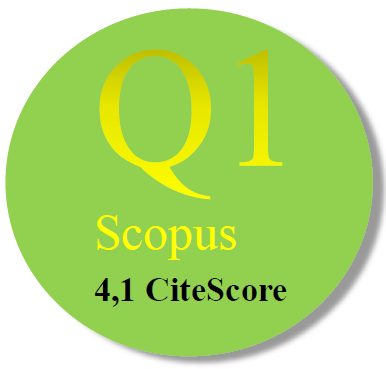CONTENT SEQUENCING AND LEARNING OBJECTS
Abstract
This article presents in the first place a standpoint of content sequencing and selecting in curricular design, according to the constructivist view. In open and distance learning supported by networks, due to the urgent need to have data exchange format standards, it is very important to have tools and criteria curricularly based guiding this process instead of those coming from the technological tools used. This approach is very much needed in e-learning in general, but also in corporate elearning and in e-learning in higher education. In the second place, this article stresses the need, articulated by the business of elearning, of learning objects instructional design, and considers it as a priority and a challenge. Thirdly, we review the theories and procedures of content sequencing, their basic assumptions, and the sequencing techniques, in particular Content Analysis Technique, Task Analysis Technique, and Elaboration Theory. Finally, as a conclusion, we will address several questions: The reusable learning object concept is it compatible with the interdependence requisites of learning contents? And if so, which are the requisites that the RLOs must meet?Downloads
Las obras que se publican en esta revista están sujetas a los siguientes términos:
1. El Servicio de Publicaciones de la Universidad de Murcia (la editorial) conserva los derechos patrimoniales (copyright) de las obras publicadas, y favorece y permite la reutilización de las mismas bajo la licencia de uso indicada en el punto 2.
2. Las obras se publican en la edición electrónica de la revista bajo una licencia Creative Commons Reconocimiento-NoComercial-SinObraDerivada 3.0 España (texto legal). Se pueden copiar, usar, difundir, transmitir y exponer públicamente, siempre que: i) se cite la autoría y la fuente original de su publicación (revista, editorial y URL de la obra); ii) no se usen para fines comerciales; iii) se mencione la existencia y especificaciones de esta licencia de uso.
3. Condiciones de auto-archivo. Se permite y se anima a los autores a difundir electrónicamente las versiones pre-print (versión antes de ser evaluada) y/o post-print (versión evaluada y aceptada para su publicación) de sus obras antes de su publicación, ya que favorece su circulación y difusión más temprana y con ello un posible aumento en su citación y alcance entre la comunidad académica. Color RoMEO: verde.














